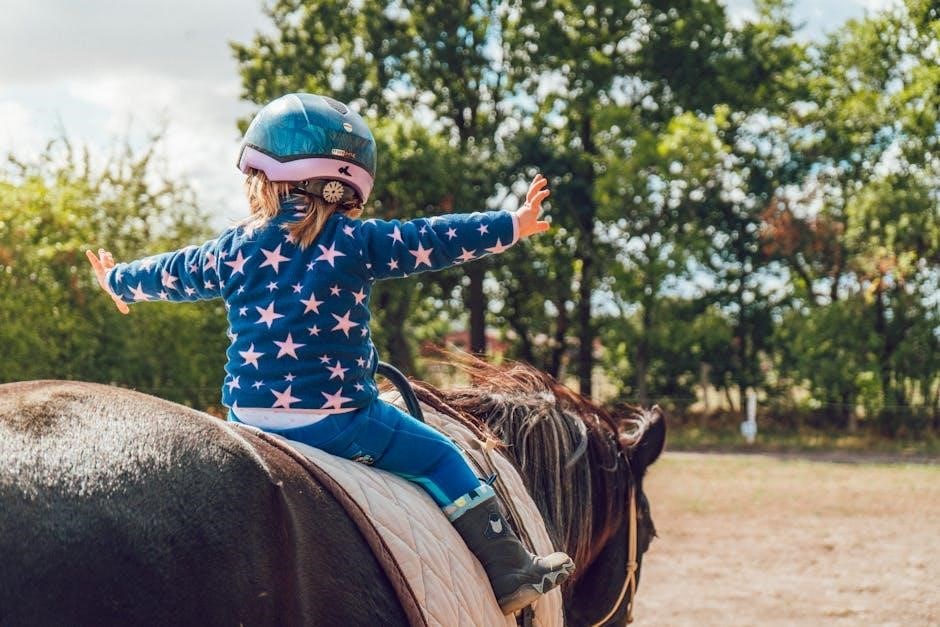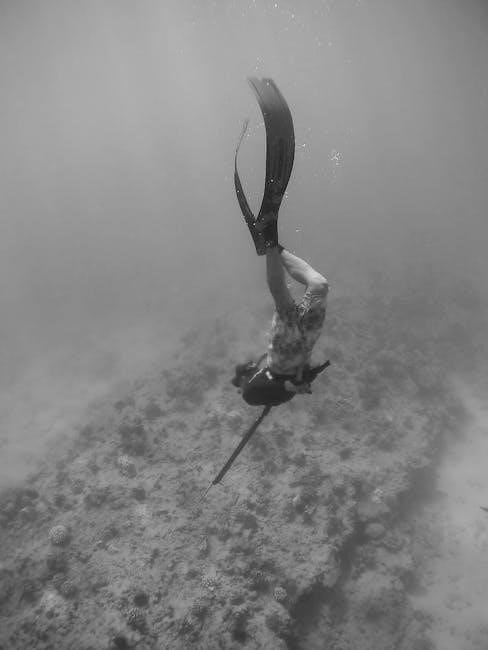Pony prompting is a powerful method for generating high-quality images using AI models like Pony Diffusion. By leveraging Danbooru tags and advanced techniques, users can create detailed prompts that guide the model to produce stunning visuals effectively.
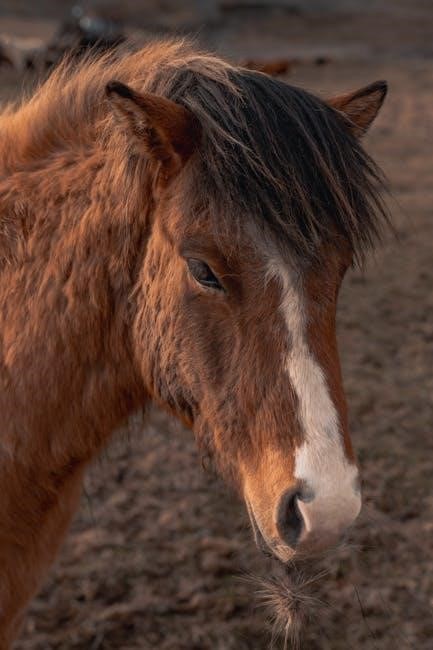
Understanding Pony Diffusion Basics
Pony Diffusion is an advanced AI tool for generating detailed images using tags. It leverages structured Danbooru tags to enhance specificity and accuracy. Understanding its core components is key to achieving desired visual outcomes effectively.
2.1. What are Danbooru Tags?
Danbooru tags are a structured tagging system used to describe and categorize images, originating from the Danbooru image booru. These tags provide detailed context, enabling AI models like Pony Diffusion to generate precise visuals. They cover a wide range of elements, from characters and outfits to settings and artistic styles.
By using Danbooru tags, users can specify exact features, ensuring the AI understands the desired output. For example, tags like “sunset” or “fantasy_creature” guide the model to include those elements. This system allows for granular control, making it easier to achieve the intended aesthetic or theme.
Danbooru tags are essential for effective prompting, as they help the model focus on specific details. They are particularly useful for complex scenes or unique styles, ensuring the generated images align closely with the user’s vision. Mastering these tags is a cornerstone of successful Pony Diffusion prompting.
2.2. How to Use Score Tags
Score tags are numerical values assigned to specific tags in a prompt, influencing their importance in the generation process. They allow users to refine the model’s focus, ensuring certain elements are emphasized or minimized. For example, adding a score tag like score:1.5 to “sunset” amplifies its impact, while score:-0.5 for “blur” reduces unwanted effects.
To use score tags effectively, apply them to key elements that define your desired output. Higher scores enhance relevance, while lower or negative scores reduce prominence. Experimentation is crucial, as optimal scores vary depending on the context and other tags in the prompt.
Best practices include starting with moderate scores and adjusting based on results. Overuse can complicate the prompt, so balance is key. Score tags are a powerful tool for refining visuals and achieving precise control over the generated imagery in Pony Diffusion.
2.3. Role of Rating Tags
Rating tags play a crucial role in controlling the aesthetic and content quality of images generated by Pony Diffusion. These tags help the model understand the desired style, complexity, and artistic elements of the output. Common rating tags include rating:safe, rating:questionable, and rating:explicit, which filter content based on appropriateness.
Beyond content filtering, rating tags can influence the level of detail and creativity. For instance, tags like best quality or high detail guide the model to prioritize image clarity and precision. Conversely, tags like simple background or minimalistic encourage a more subdued aesthetic.
By strategically incorporating rating tags, users can align the generated imagery with their creative vision. These tags act as guidelines, ensuring the output meets specific artistic or thematic requirements. Proper use of rating tags enhances control over the final result, making them an essential component of effective prompting in Pony Diffusion.

Crafting Effective Prompts
Crafting effective prompts involves clarity, specificity, and strategic use of positive and negative prompts. Properly structured prompts guide the AI to generate desired outputs, balancing creativity with precision for optimal results in Pony Diffusion.
3.1. The Power of Positive Prompts
Positive prompts are the cornerstone of effective image generation with Pony Diffusion. By including specific details like character traits, settings, and styles, these prompts guide the AI to create visuals that align with your vision. For instance, using tags such as “sunset background” or “detailed fur” ensures the model prioritizes these elements. Positive prompts also enhance creativity by providing clear direction, allowing the AI to produce more coherent and aesthetically pleasing results. They help in minimizing ambiguity, ensuring the generated images closely match the desired outcome. Whether you’re aiming for realistic landscapes or fantastical scenes, well-crafted positive prompts unlock the full potential of Pony Diffusion, making them indispensable for achieving high-quality, tailored visuals.
3.2. Importance of Negative Prompts
Negative prompts play a crucial role in refining and controlling the output of Pony Diffusion. By specifying what elements should not appear in the generated image, these prompts help eliminate unwanted details and enhance the overall quality of the result. For example, using negative tags like “low quality” or “text” ensures the AI avoids generating such elements. This is particularly useful for preventing common pitfalls like unwanted text overlays or low-resolution outputs. Negative prompts also provide clarity, guiding the model to focus on the desired aspects of the image. By combining negative prompts with positive ones, users can achieve more precise and tailored results. This dual approach allows for better control over the creative process, ensuring the final image aligns closely with the user’s vision. Mastering negative prompts is essential for unlocking the full potential of Pony Diffusion and producing high-quality, polished visuals consistently.
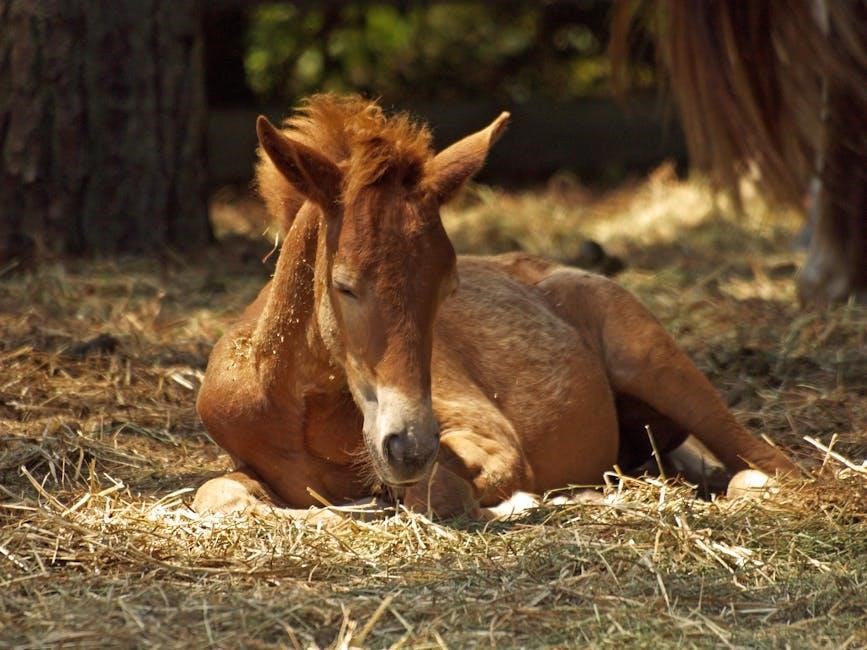
Advanced Techniques for Better Results
Advanced techniques like nesting, weighting, and leveraging LoRA configurations enhance control over outputs. These methods refine prompts, ensuring detailed and precise results, and optimize the AI’s performance for complex creative tasks.
4.1. Mastering Nesting and Weighting
Nesting and weighting are essential techniques in advanced prompting. Nesting involves structuring parts of your prompt hierarchically, allowing the model to prioritize certain elements over others. This is achieved by enclosing specific tags or phrases in parentheses, ensuring the AI focuses on key details first. Weighting, on the other hand, assigns numerical values to tags to emphasize their importance. For example, weighting:1.5 can be used to strengthen a particular style or feature. By combining these methods, you can guide the model more effectively, resulting in more accurate and desired outputs. Proper use of nesting and weighting requires experimentation and understanding of how the model interprets these structures. This ensures your prompts are both detailed and precisely executed, leading to higher-quality images that align with your creative vision.
4.2. Leveraging LoRA Configurations
LoRA (Low-Rank Adaptation) configurations are a powerful tool for enhancing image generation in Pony Diffusion. LoRA allows users to fine-tune the model’s behavior by applying specific style or feature adjustments. By loading LoRA configurations, you can achieve consistent stylistic results across multiple prompts. These configurations are particularly useful for maintaining a desired aesthetic or thematic consistency in your outputs. To use LoRA effectively, experiment with different configurations and combine them to create unique effects; Many styles and artistic directions are available on platforms like Civitai, where users share their custom LoRA setups. Properly implementing LoRA configurations requires understanding how they interact with your prompts. Start with minimal adjustments and gradually refine your approach. This technique is especially valuable for advanced users seeking precise control over the model’s output, enabling the creation of highly customized and detailed images that align with their vision.

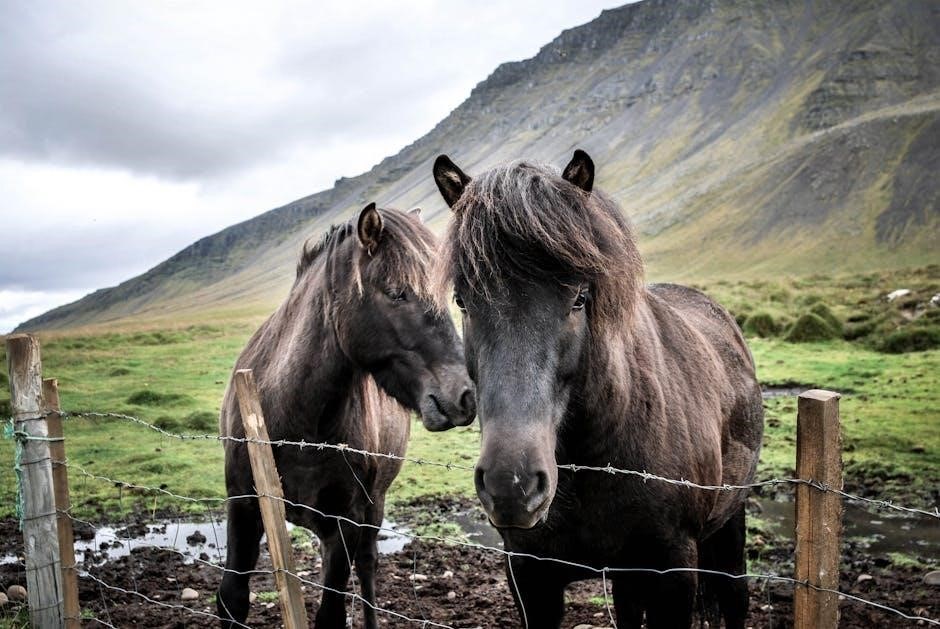
Best Practices for Prompting
Mastering the art of prompting requires a combination of creativity, specificity, and experimentation. Start by crafting clear and concise prompts that accurately reflect your vision. Use Danbooru tags to define styles, subjects, and settings, ensuring each element is well-described. Experiment with both positive and negative prompts to refine your results, and leverage tools like score tags to enhance aesthetic quality. Consistency is key—maintain a uniform style and theme throughout your prompts to achieve cohesive outputs. Regularly test and iterate on your prompts, adjusting tags and weights to fine-tune results. Utilize community resources, such as tutorials and shared configurations, to gain insights and inspiration. Explore LoRA configurations for advanced customization, but start with simpler setups to understand their impact. Finally, embrace trial and error—every experiment brings you closer to mastering the nuances of Pony Diffusion. By following these best practices, you can unlock the full potential of Pony prompting and create stunning, high-quality images tailored to your imagination.
